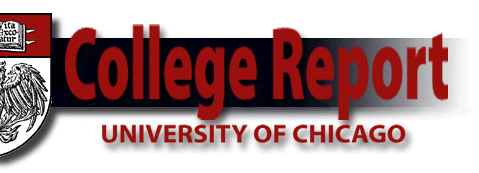 |

Closeups
of HIV
AIDS researchers,
for years blind to the atomic structure of HIV, were recently given
a more detailed blueprint of their deadly foe.
In the June
18 issue of Nature, a team of researchers including Peter
Kwong, AB’85, SM’85, reported the atomic structure of gp120, a protein
studding the outer surface of HIV. This new picture shows the virus
at a crucial moment of infection: the key-like gp120 locked into
the immune system’s T-lymphocyte cells.
The image
provides a wellspring of information for AIDS researchers who, like
Kwong, are now racing to design vaccines and drugs that could stall,
or even stop, the worldwide AIDS epidemic.
“Gp120 is an
obvious therapeutic target in terms of drug design,” Kwong explains.
“We can now see some of the defenses of the gp120 protein against
the immune system, and we’re designing mutants that don’t have some
of these defenses.” Without the defenses, he says, “you might have
an appropriate vaccine.”
To get the
new image, the researchers relied on X-ray crystallography, which
allows them to infer the structure of a molecule from the behavior
of X-rays reflecting off billions of closely-packed copies of that
molecule. But because the technique only works on molecules that
can be crystallized, the researchers faced a challenge with gp120:
Certain proteins—called variable loops and carbohydrate groups—that
the virus uses to evade the body’s immune system also keep gp120
from forming a crystal lattice. Kwong, working under Columbia University’s
Wayne Hendrickson, had to remove the proteins.
Enter Joe Sodroski,
a researcher at the Dana-Farber Cancer Institute in Boston who had
produced some gp120 mutants without the variable loops. Kwong’s
team was trying to snip off the carbohydrate groups, and the two
teams forged a quick alliance. “I put my results together with his
results,” says Kwong, “and that broke through the two lines of defense,
allowing us to make crystals.”
Looking ahead,
Kwong is optimistic about the search for a way to outsmart the virus’
defenses. “The pharmaceutical and biomedical community can overcome
this scourge,” he predicts, “not by just allowing the body to do
it, but by seeing what these defenses are and figuring out how to
get around them intellectually.”—M.D.B.
|

